Ariocarpus Retusus pack of 5 seeds
₹150.00
Out of stock
Email when stock available
SKU: AriocarpusRetusus
Category: cactus and succulent seeds
How to Cultivate Ariocarpus retusus from Seeds
Ariocarpus retusus is a slow but beautiful cactus that comes from Mexico. It grows into a peculiar, stone-like shape and bears gorgeous white or pink-colored flowers. Despite the fact that seeds germinate after several months, it is easy if one does it in the right manner.
| Number of Seeds | 5 seeds |
|---|---|
| Sowing month | Feb to Oct |
| Blooming Month | April To Dec |
| Temperature | Above 30C |
| Sun | Full sun except may june |
Acquiring or Buying Seeds
First, you will require fresh seeds. You may obtain them from a mature plant or purchase them from a reliable vendor. Ensure the seeds are dry and free from mold prior to planting.
Ariocarpus Retusus Soil Preparation
Ariocarpus seeds require a well-draining mix to avoid rotting. A suitable mix should be:
- 50% pumice or perlite
- 40% sand
- 10% potting soil or cactus mix
- Pre-treat the soil by oven-heating it for 30 minutes at 180°F (82°C). This will eliminate any bacteria and fungus that would be poisonous to the seeds.
Ariocarpus Retusus Choosing the container
A shallow pan or small pots with holes for drainage are best. Clear plastic tubs are best because they form humidity.
Ariocarpus Retusus Sowing the seeds
Now the moment of truth finally!
- Sow the seeds uniformly on the ground surface.
- Press them hard but do not cover. They need light to germinate.
- Water the surface with mist and allow it to become damp but not waterlogged.
- Step 5: Creating the Perfect Conditions Notocactus Ottonis Tenebrosus same weather
- Seeds need water and warmth to germinate. Cover the container with plastic wrap or a plastic lid to maintain moisture. Place it in a warm spot, 75–85°F (24–29°C). A grow light or direct sunlight speeds up the seeds to germinate.
Ariocarpus Retusus Germination and Early Care
In 1–3 weeks, tiny green sprouts will appear. Once they’ve sprouted:
- Keep them moist but not waterlogged.
- Acclimatize them slowly to air by slightly opening the lid every day.
- Take away the lid completely after a month.
Ariocarpus Retusus Transplanting and Care
When the seedlings are bigger and healthier after a few 6–12 months, transplant every seedling to a separate pot. Use the same drainage-mix soil. Thereafter:
- Water sparingly, only when the soil is completely dry.
- Light but shade young plants from direct sun.
- Have patience! Ariocarpus grows slowly, but if taken care of well, it will thrive.
Ariocarpus Retusus Final Thoughts
Growing Ariocarpus retusus from seed is a rewarding experience. Though it takes years for the plant to mature, watching it develop from a tiny seed into a stunning cactus is worth the wait. With the right conditions and a little patience, you’ll have a unique and beautiful plant to enjoy for decades also.
Be the first to review “Ariocarpus Retusus pack of 5 seeds” Cancel reply
You must be logged in to post a review.
Related products
cactus and succulent seeds
Gymnocalycium mihanovichii seeds Variegated Seeds pack of 15-20 seeds
₹99.00
cactus and succulent seeds
Carnegiea gigantea (Saguaro) Seeds rare Cactus Seeds Pack of 20 seeds
₹199.00



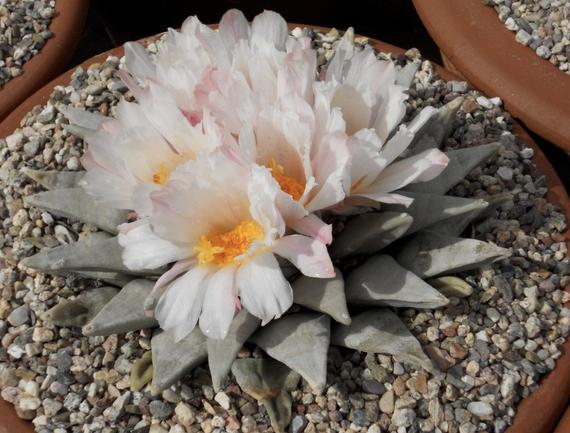

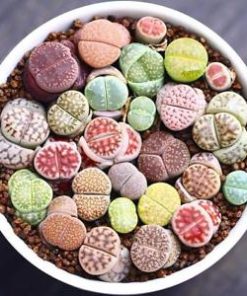
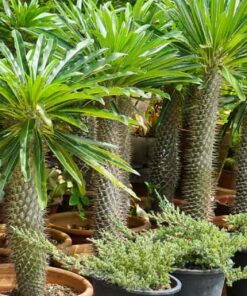
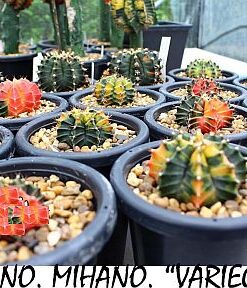
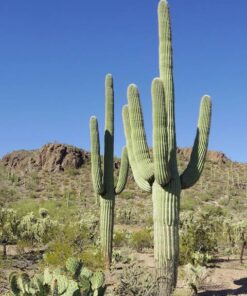
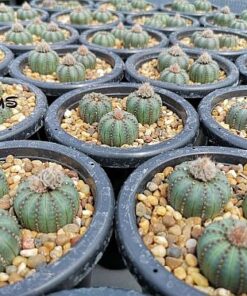

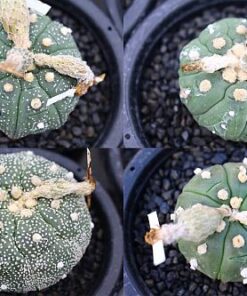
Reviews
There are no reviews yet.